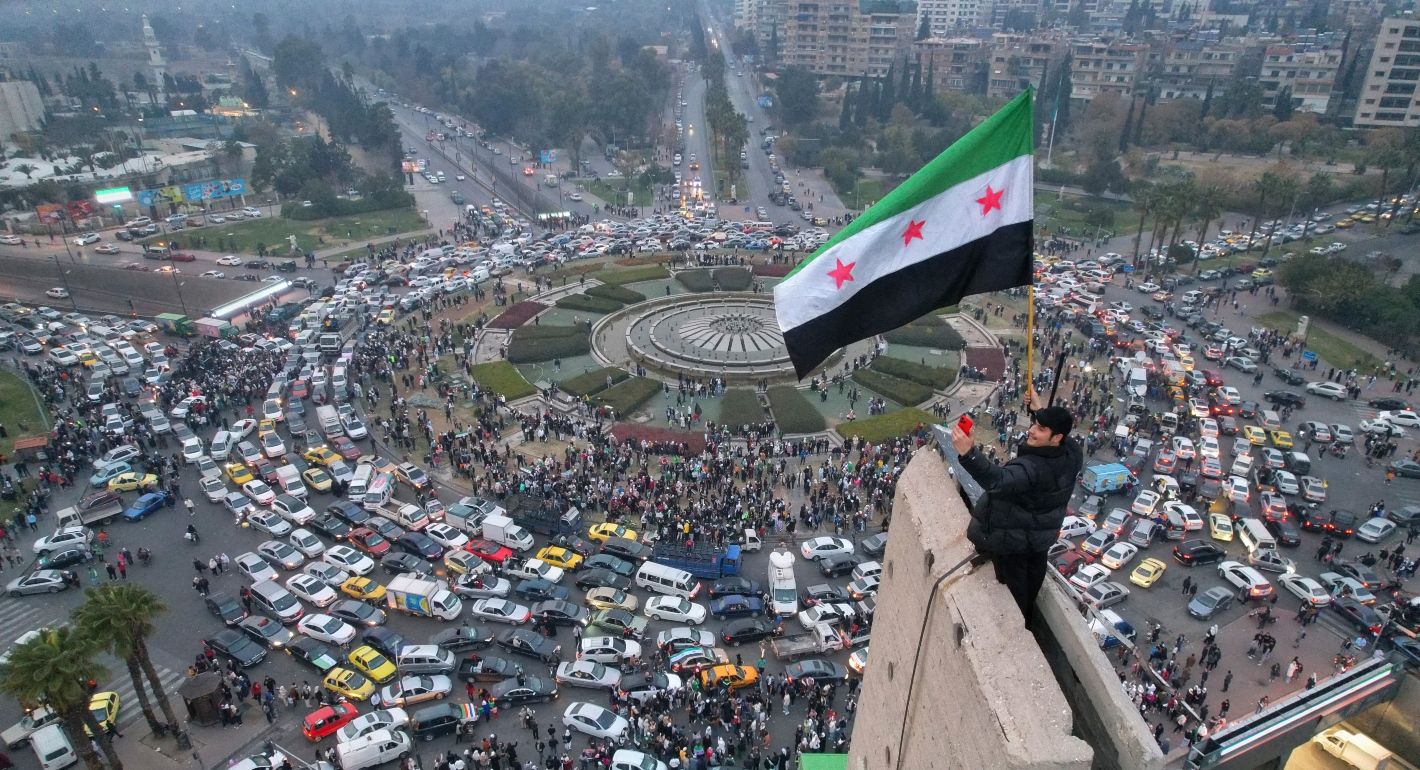Syria is preparing to introduce new banknotes that will remove two zeros from the national currency, the Syrian pound, in a bid to restore public trust after years of severe devaluation. The plan, confirmed by Central Bank Governor Abdelkader Husrieh, forms part of a wider package of fiscal and monetary reforms designed to stabilize an economy battered by conflict and political transition.
A Currency in Freefall
The Syrian pound has been among the world’s weakest currencies since the civil conflict began in 2011. Once trading at 50 pounds to the U.S. dollar, it now sits at roughly 10,000 pounds to the dollar, representing a 99% collapse in value. This sharp depreciation has made even routine transactions cumbersome, with families often carrying large bags of high-denomination notes just to pay for groceries.
By removing two zeros, the central bank aims to simplify everyday commerce, ease the strain of cash handling, and project a sense of renewed stability.
Implementation Underway
Committees from both public and private banks are working with central bank officials to prepare for the rollout. While a formal launch date has not been finalized, commercial banks have been instructed to be ready by mid-October, with the new notes expected to officially enter circulation on December 8—the one-year anniversary of President Bashar al-Assad’s ouster.
According to banking sources, Syria has contracted Russian state-owned printing firm Goznak—a company that also supplied banknotes under the Assad regime—to produce the new currency.
The transition will include a 12-month coexistence period, during which both old and new notes will circulate, before the revalued currency fully replaces the old system.
Political and Symbolic Dimensions
The revaluation carries more than just economic weight. Current notes prominently feature Assad and his father, Hafez al-Assad, symbolizing decades of authoritarian rule. The introduction of redesigned notes without these portraits represents a deliberate political break from the past.
Officials are preparing a public information campaign ahead of the launch to ease the transition. However, economists warn that confusion among citizens—particularly the elderly—could undermine the initiative if not carefully managed.
Challenges Ahead
While the move signals intent to rebuild confidence, some experts remain skeptical. Economist Karam Shaar, a consultant to the United Nations, noted that issuing higher denominations (e.g., 20,000 or 50,000-pound notes) might have been a less costly and equally effective measure, given the high expense of a full currency overhaul.
Beyond logistics, the biggest challenge lies in Syria’s fragmented financial system. The country remains heavily dollarized, with U.S. currency widely used in daily transactions, and its digital payments infrastructure remains underdeveloped. At the same time, estimates suggest that 40 trillion pounds circulate outside the formal banking system, limiting the state’s oversight and complicating monetary policy.
Looking Forward
The success of Syria’s revaluation will hinge on whether it can go beyond symbolism to deliver tangible economic relief. If managed effectively, the new notes could improve transaction efficiency and help bring more liquidity into the formal banking system. But without broader structural reforms and political stability, the move risks being remembered as a cosmetic fix rather than a true turning point.
Partner With Us
Want to feature your brand, business, or service on 365247 — Whether you’re looking to sponsor, collaborate, or build presence within our ecosystem, we’d love to explore it with you.
Submit your interest here


